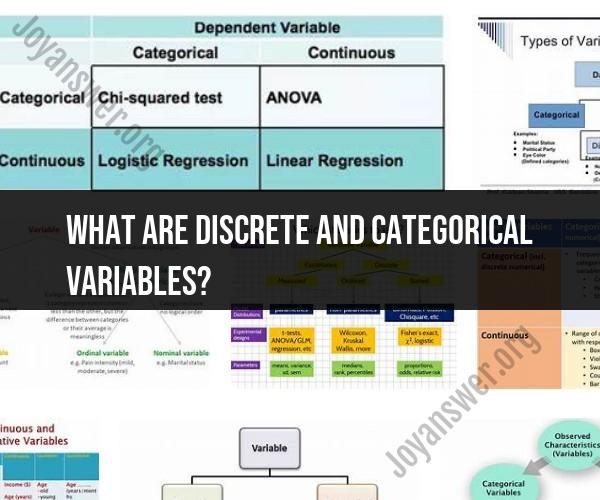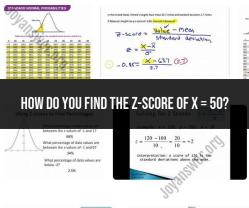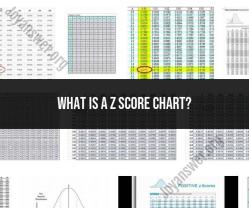What are discrete and categorical variables?
In statistics and data analysis, understanding the distinction between discrete and categorical variables is crucial. These terms refer to different types of variables that have distinct characteristics and implications for analysis. Let's explore the key differences between discrete and categorical variables:
Discrete Variables
Discrete variables are those that can take on a countable and finite or countably infinite number of distinct values. These values are often integers and do not have intermediate values. Examples of discrete variables include:
- Number of cars in a parking lot
- Number of children in a family
- Number of items sold in a store
Categorical Variables
Categorical variables, on the other hand, represent different categories or groups. They do not have a numerical value, and the categories are often qualitative rather than quantitative. Examples of categorical variables include:
- Types of fruits (e.g., apple, banana, orange)
- Gender categories (e.g., male, female, non-binary)
- Educational levels (e.g., high school, bachelor's, master's)
Key Differences
1. Nature of Values:** Discrete variables have distinct numerical values, while categorical variables have non-numeric categories.
2. Measurement Scale:** Discrete variables typically have a quantitative measurement scale, while categorical variables have a qualitative measurement scale.
3. Intermediate Values:** Discrete variables do not have intermediate values, whereas categorical variables do not have inherent order or magnitude.
Analysis Considerations
When working with discrete variables, analyses often involve counting and calculating frequencies, probabilities, and expected values. Categorical variables, on the other hand, require methods such as cross-tabulation, chi-squared tests, and measures of association to explore relationships.
Conclusion
Understanding the difference between discrete and categorical variables is essential for accurate data analysis and interpretation. Whether you are analyzing counts or exploring qualitative categories, recognizing the nature of your variable is fundamental to making informed conclusions and decisions based on your data.












